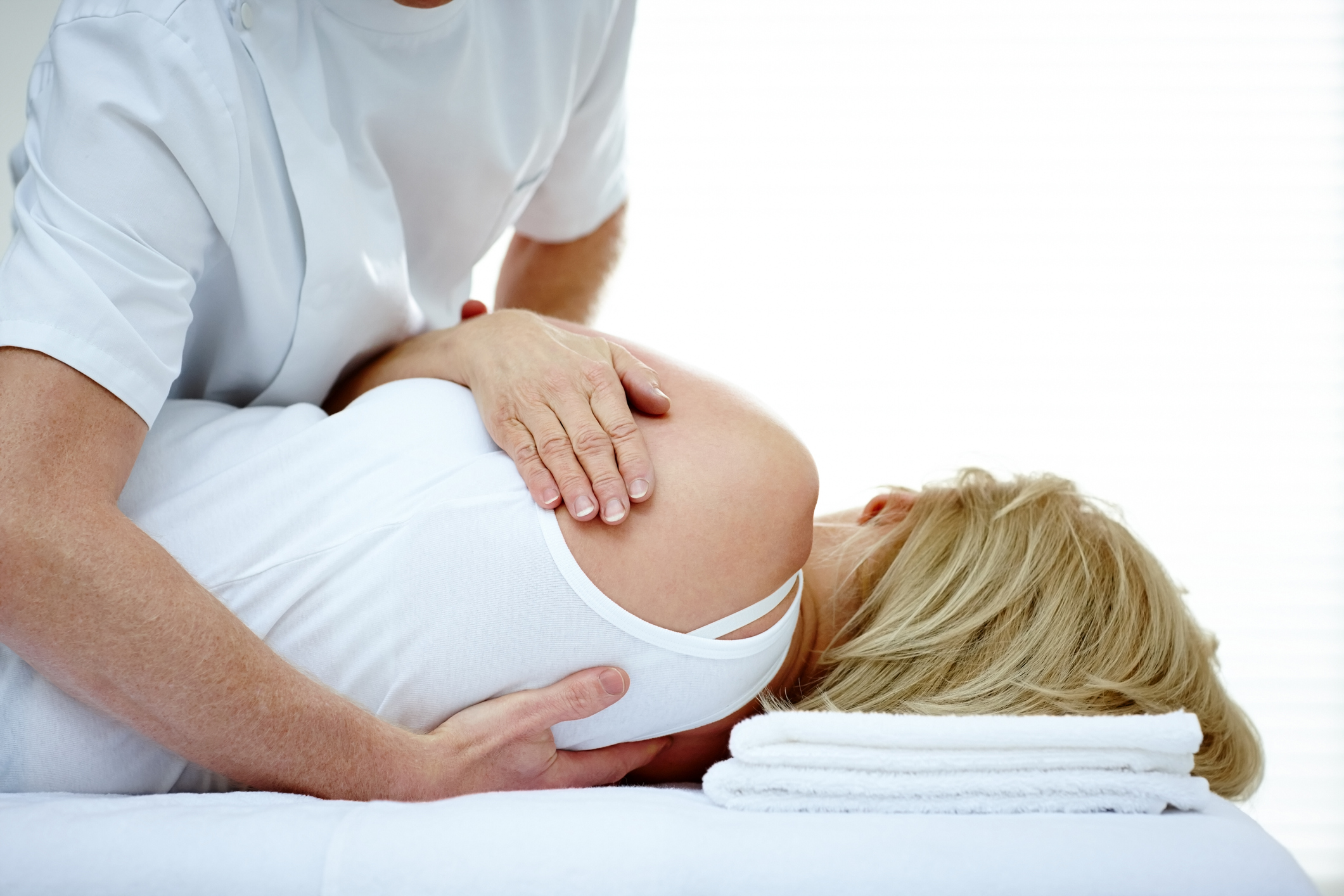
Tips for solving back pain
If you have ever suffered from back pain, you will know only too well how debilitating it can be.
Statistics suggest that 1 in 3 adults experience back pain in the UK every year.
However, we can do a lot to manage back pain successfully without turning to medications.
From my own experience, treating thousands of patients with back pain with great results, with a holistic approach you can establish why a patient suffers and have much better success!

“So, why do so many people suffer from back pain?”
There are certainly common themes that I see in my clinic. Ongoing stresses cause muscles in the back to tighten up, which creates tension and potentially inflammation in the spinal joints.
Regular Epsom Salt baths and breathing exercises can help reduce muscle tension and improve blood circulation. Have a bath with 500g Epsom salts twice a week.
Breathing: place one hand on your abdomen (stomach) and the other on your chest. Slowly breathe in from your stomach (and not from your chest until the end of the breath in), before slowly breathing out through pursed lips (imagine you are blowing out a candle). Do this for 5 minutes a day.
Herbs such as Rhodiola and Ashwagandha and diet are key in stress management.
Top tip: Try adding a sprinkle of cinnamon over your fruit or porridge to help stabilise your blood sugar levels.
Another common cause of back pain is lack of exercise and spending most of your day sedentary, especially desk bound.
The two most common errors I see with people who sit at a desk are: not moving often enough and a poor ergonomic setup. To address these, I suggest moving from your seated position every hour. All you need to do is walk to refill your water, stand up and stretch or walk a lap of your office!
Ensure your desk position is comfortable for your body. Sit in a chair that gives you lower back support and keeps both your hips and knees at 90 degree angles. Keep your computer screen directly in front of you at eye level and ensure that your mouse is accessible comfortably without needing to raise or lower your shoulder.
My best tips to keeping active:
Move everyday – go for short walks and use stairs instead of lifts. Movement is essential to encourage a good healing response.
Exercise 3-4 times a week. Your local gym, swimming, running, yoga, Pilates – keep your back moving, stretched and strong!
Stretch your back every day.

My favourite back stretches:
Knee Hugs – Lie on your back with knees bent. Use your arms to pull your knees towards your chest until you feel a stretch in your lower back. Hold this for 15 seconds and repeat 3-4 times.
Back Rotation: Lie on your back, keeping one knee bent. Whilst keeping your shoulders planted on the ground, roll the flexed knee across to the opposite side so that your back begins to lift off the ground to create a stretch along the lower back.

Nutrition is very important
Certain foods can cause inflammation and stress responses that exacerbate pain.
- Avoid pro-inflammatory foods like sugar, gluten, pasteurised dairy, eggs, non-organic and corn-fed meat. Eat more fruit, vegetables and pre-soaked legumes (8-10 different portions a day), wild caught fish, nuts, seeds, herbs and spices.
- Increasing green leafy vegetables, pumpkin seeds, black beans and avocado are high in magnesium, essential for its anti-spasmodic effects on muscles.
- Dehydration contributes to back pain. Muscles and joints rely on the constant presence of water to nourish and to remove wastes.
- Natural alternatives to painkillers are generally very safe to use. Turmeric, Boswellia and Quercetin all have anti-inflammatory properties. Fish oils can also be supplemented for their omega-3 anti-inflammatory properties.
Homeopathy: I have also had great success using key homeopathic remedies like Arnica (for immediate pain after an injury) and Rhus tox (when movement relieves pain, particularly in the morning). Hypericum is useful for radiating back pain and Mag phos tissue salts help alleviate muscle spasms. These can be purchased from health food shops or from homeopathic pharmacies.
Get some safe sun exposure: Vitamin D deficiency could be a key factor in chronic musculoskeletal pain. We get most of our vitamin D from sunlight, so aim for safe levels of sun exposure. Eat foods such as wild salmon, mackerel, sardines and sun-exposed mushrooms. Supplement vitamin D3 during winter months.
To successfully address your back symptoms, it is essential to recognise that areas and systems of the body do not work in isolation and incorporating a naturopathic approach can be effective in managing and potentially resolving back pain.
By Bobby Qureshi, Osteopath and Education Director for CNM
For more information on how you can train to become a natural health practitioner, attend one of our free open events at a college near you.


